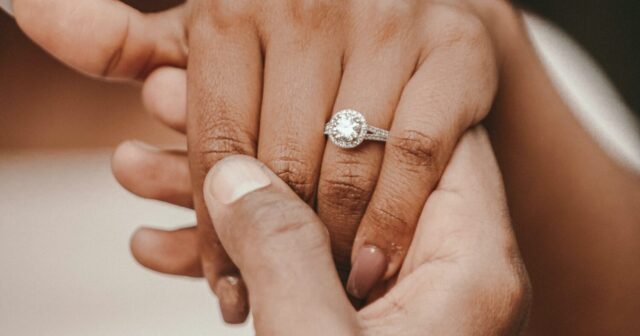
Engagement rings have been a symbol of love, commitment, and the next step in a couple’s journey for centuries. But along with the romantic sentiments, these rings come with a price tag, which often varies widely. For anyone preparing to pop the question, or for the simply curious, let’s dive deep into understanding how much people invest in engagement rings.
History
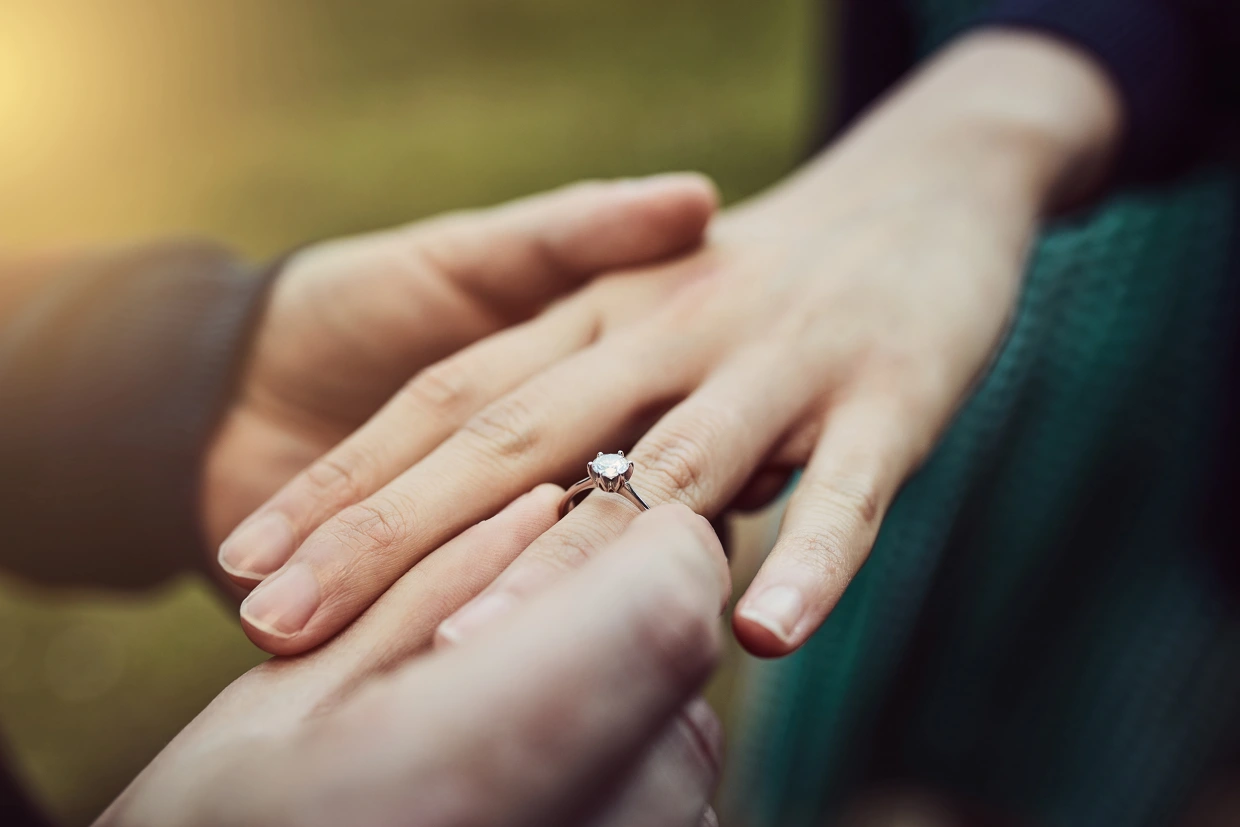
Before discussing the contemporary costs, let’s trace back a bit. The tradition of giving engagement rings began with the ancient Romans. Wives would wear rings attached to small keys, indicating a husband’s ownership.
The modern diamond engagement ring came into vogue after a marketing campaign by De Beers in the 1930s. Ever heard the phrase “A diamond is forever?” That’s them. This move greatly increased demand and set diamonds as the standard stone for engagement rings.
The “Three Months’ Salary” Rule
For many years, the general guideline has been that one should invest about three months of their salary on an engagement ring. This concept was, ironically, also popularized by the De Beers marketing campaigns. However, this rule might be outdated in today’s context and not feasible for everyone. Today, couples have become more pragmatic, considering other financial obligations like student loans, mortgages, and travel.
Average Costs Today
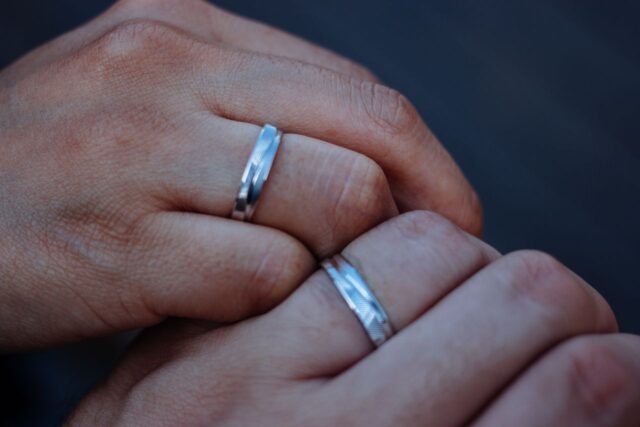
According to recent surveys, the average amount spent on an engagement ring in the U.S. is somewhere around $5,000 to $7,500. But again, this can vary significantly based on region, personal financial status, and individual preferences. Some spend a few hundred dollars, while others might splash out six figures.
Determining Factors of Cost
- Stone Type and Quality: The chosen stone contributes significantly to the ring’s cost. While diamonds are the most popular, they’re also the priciest. The stone’s cut, clarity, color, and carat (the Four Cs) play into its cost.
- Metal Type: Platinum rings are more expensive than gold. The choice between 14k, 18k, or 24k gold also affects the price.
- Customization: Custom designs or adding additional stones increases the cost.
- Brand: Opting for a high-end brand can also spike up the ring’s price.
Alternatives and Trends
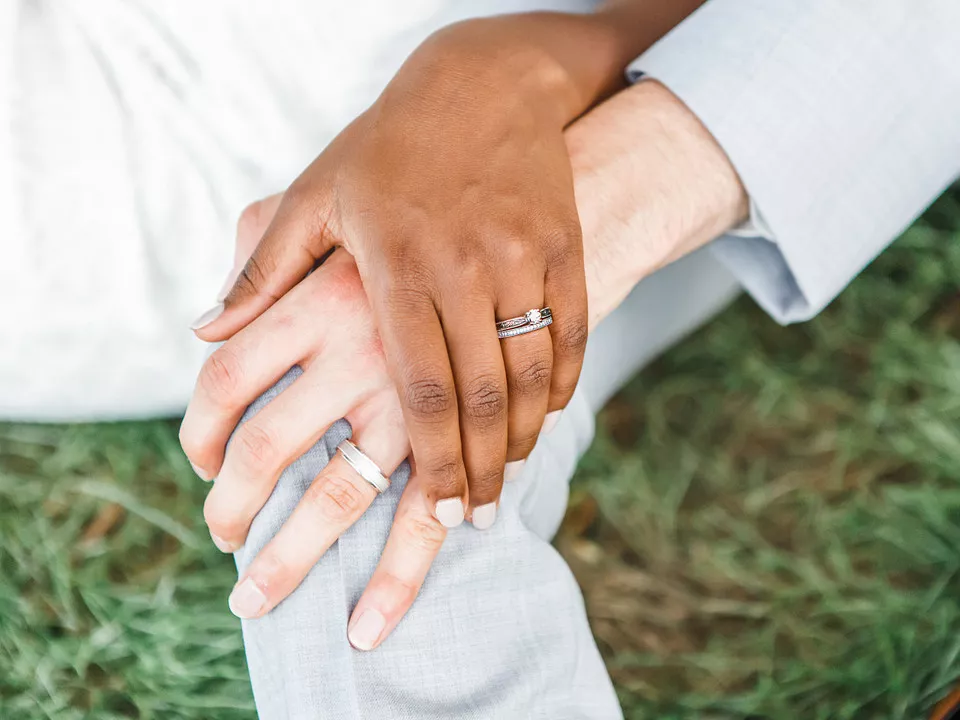
In recent years, many couples are moving away from traditional diamond rings. Here are some of the alternatives they’re exploring:
- Lab-Grown Diamonds: They’re almost identical to natural diamonds but tend to be more affordable and environmentally friendly.
- Alternative Stones: Gemstones like sapphires, rubies, and emeralds are becoming popular choices.
- Vintage Rings: Some opt for heirloom or vintage rings, which might carry sentimental value.
- Minimalist Designs: Simple designs with smaller stones are both budget-friendly and in vogue.
A Personal Decision
It’s essential to remember that an engagement ring’s value isn’t determined solely by its price. It’s a token of love and commitment. Many couples now discuss budgeting for the ring together and make a joint decision based on their financial comfort and personal preferences.
Financing the Ring
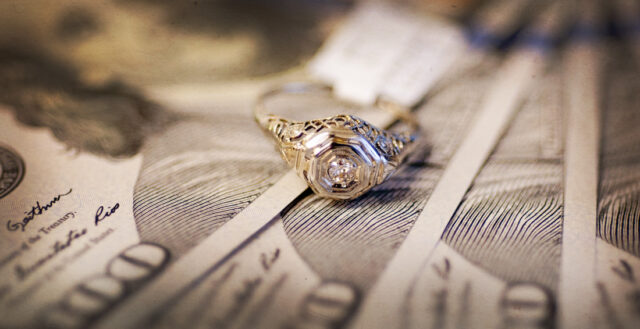
With jewelers offering various financing options, it’s become easier for people to buy a ring on credit. While this might allow for a more lavish ring, it’s crucial to be cautious. Understanding the interest rates, the tenure of the loan, and monthly installments will prevent future financial strain.
The Role of Insurance
Once the ring is purchased, ensuring it is a wise decision. Given its monetary and emotional value, protection against theft, loss, or damage is crucial. The cost of insurance is generally a percentage of the ring’s total value, often about $1 to $2 for every $100.
Final Words
While the cost and the aesthetics of an engagement ring are essential, the underlying sentiment is of utmost importance. It’s a symbol of love, a promise of commitment, and a cherished memory in the making.
Whether one spends a few hundred dollars or goes into the tens of thousands, the ring’s true worth lies in the story it tells and the future it promises. It’s essential to find a balance between budget and desire, ensuring that this significant purchase brings joy and not financial strain.













